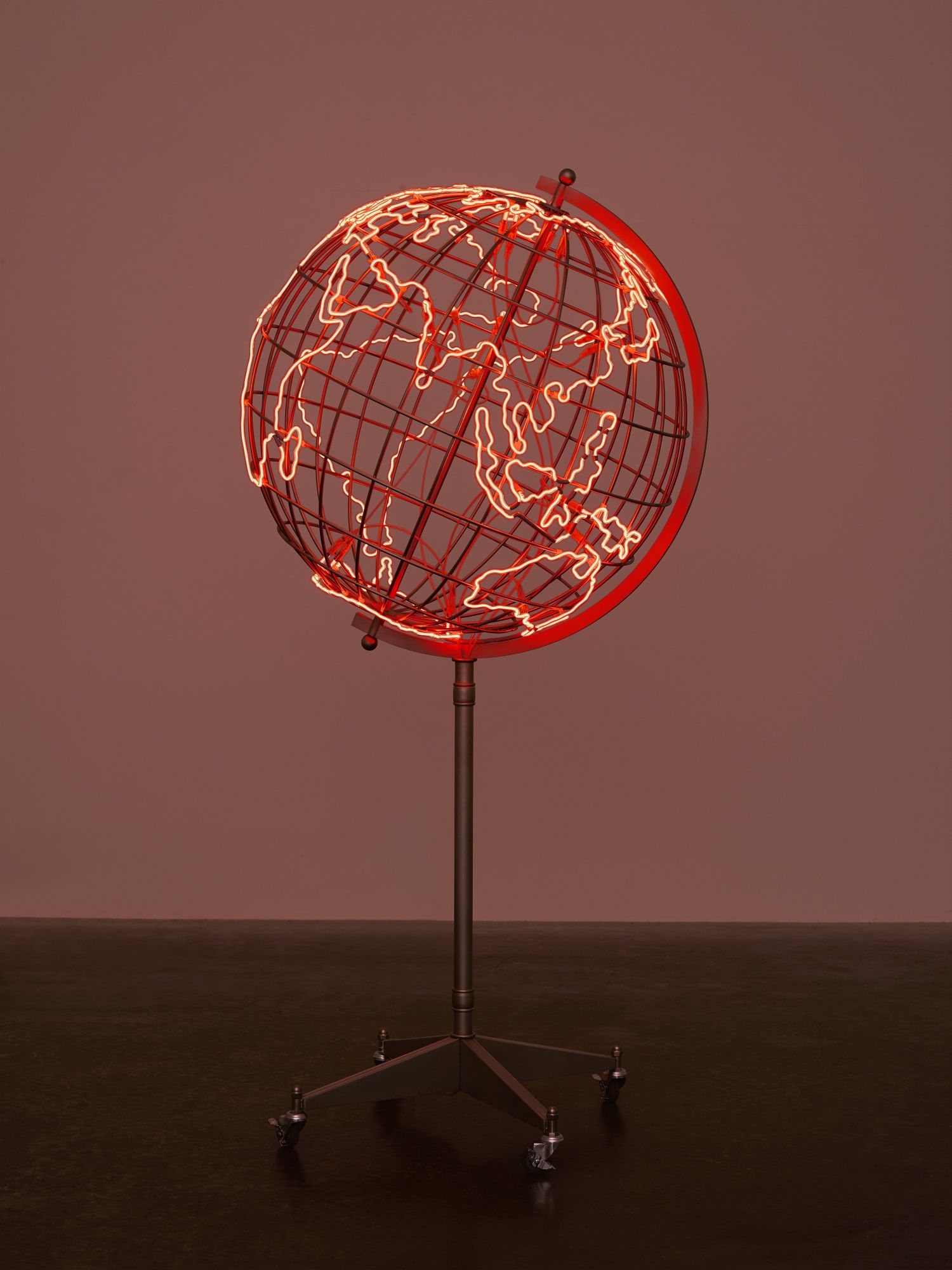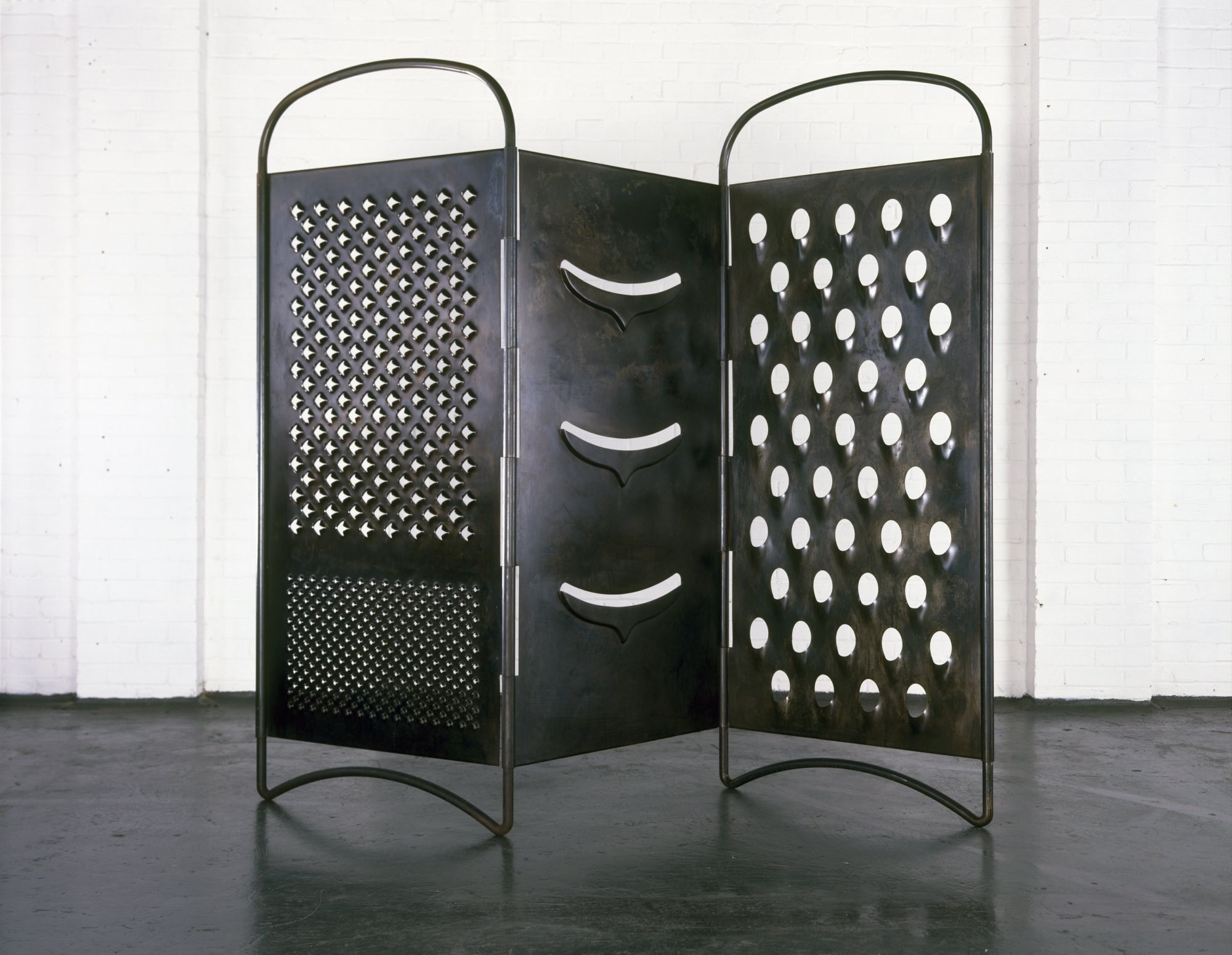Palestinian-British artist Mona Hatoum speaks of dispossession and dislocation through her art. On the eve of her first show in Hong Kong, she discusses the driving forces behind her 35-year career and where she thinks the world is headed
In a cavernous Tate Modern gallery in 2016, visitors could watch the world burn. Not literally, but nearly. In the corner of the room was an enormous glowing globe more than two metres tall. The continents were outlined in flickering red neon that, if you stood close enough, audibly buzzed. Inside the darkened room, it looked like the planet was on fire.
For Mona Hatoum, the artist behind this unsettling sculpture, that has sometimes felt like the case. Hatoum was born in Beirut in the 1950s to Palestinian parents who had fled their homeland. Like many Palestinians, neither Hatoum nor her parents were ever granted Lebanese identity cards.
Then, at the age of 23, Hatoum was displaced once again. While she was on a short visit to London in 1975, civil war broke out in Lebanon, preventing her return. Her visit stretched to one year, then two, then became indefinite. To this day, Hatoum remains based in London.

Perhaps unsurprisingly, these early experiences of exile have influenced much of Hatoum’s career, which began with her staging politically charged performances before her focus shifted to creating unsettling sculptures and installations, like the blazing globe.
“Of course, my background comes into my work because it’s part of my life,” Hatoum explains on a bright summer afternoon in her London studio. “But it comes about in subtle ways, so anybody who may have experienced displacement, disorientation or exile can relate to the work on their own terms. My work is not meant to illustrate the Palestinian experience; it’s about the human condition of exile.”


